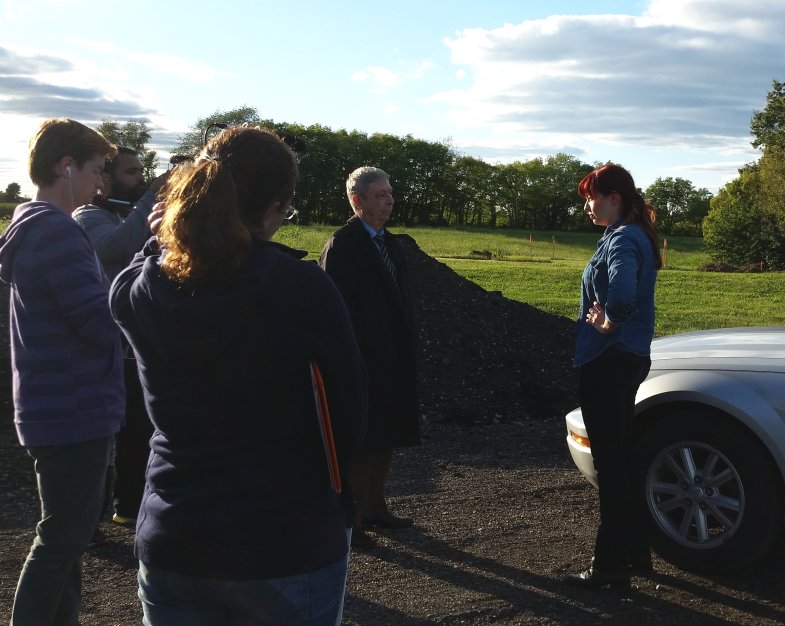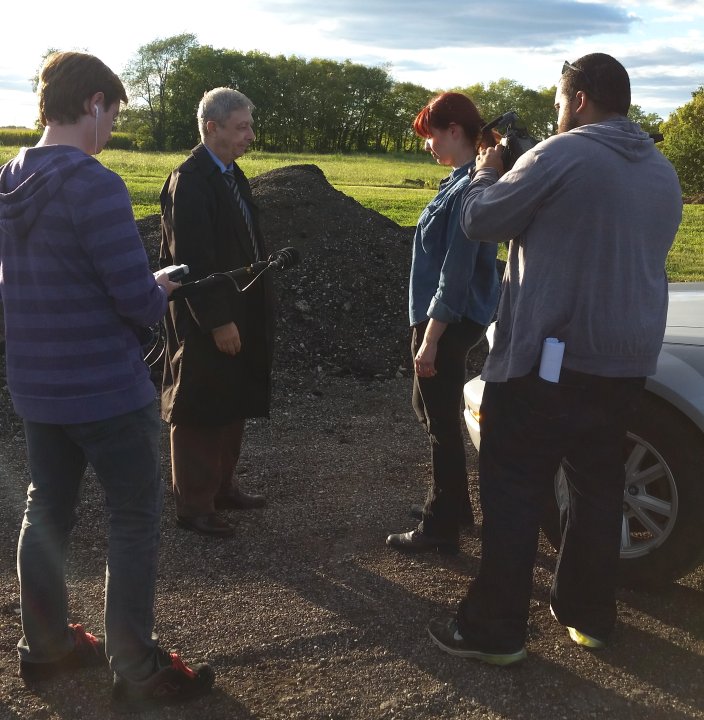Enemy, Denis Villeneuve’s (Prisoners) latest film, leaves you with a lot to think about — whether you want to or not. It does something relatively simple throughout the film and does it without apology, taking the dread and tension of Prisoners to an unsettling extreme.
I’m purposely writing this without having read many reviews or theories, aside from David Ehrlich’s review of the film. This is the kind of film that makes you want to think, read, and talk about it, so these are my initial thoughts and scattershot ideas, with full acceptance that there may be deeper connections and theories that I’m not yet considering.
It’s not a perfect film, but I like the idea of a piece of work that leaves room for interpretation. A viewer can bring their own baggage into the analysis (for better or worse), and in turn, change the experience of thinking about Enemy.
The film can come across as pretentious, and shots and sequences go on for a good 10 seconds longer than you want. Maybe that’s intentional—to draw attention to the fact that you are watching this film and forced to think about what you are seeing, and not simply swept up in experiencing something.
Massive spoilers for Enemy below. Not only will it spoil the end of the film, it probably won’t make a bit of sense if you haven’t seen it.
Jake Gyllenhaal as Adam Bell, the history teacher, leads a monotonous, nearly miserable life. To escape from the monotony, he’s created a dream world in which he has everything—a very mildly successful career as an actor, a beautiful wife with a baby on the way, and an apartment to match.
But, as True Detective’s Rust Cohle puts it, “Like a lot of dreams, there’s a monster at the end of it.”
The spiders represent Adam’s biggest fear. Perhaps it’s the fear of being consumed into nothingness. The thought of just being one in a billion. Maybe it’s representative of buried guilt.
He lives out the monotony of his real life, not pushing back too much. Slowly, just like his life, his dreams have become overrun by his greatest fears. Then his dream world begins to fight back.
I think it’s important to reiterate that he’s created a dream world, not simply a fantasy version of himself, or that Anthony St. Claire, the actor, is a manifestation of a split personality disorder. And even in this dream world, he can’t escape his greatest fear.
The idea of a dream world explains a few things — first, the giant spider walking over Toronto. This shows that it, too, is not reality. Second, the scene with Adam and Helen (Sarah Gadon) outside of the school. She’s his illusion. Her call to Anthony, while played up for thematic tension, is meaningless. It’s two whispers of a thought trying to connect.
His subconscious dream world, led by Anthony, rebels from the thought of his fears bleeding into his dreams. In its revolt, his subconscious destroys the only real thing he has—Mary (Mélanie Laurent), who he’s long since grown distant from, preferring the slightly more perfect dream version of his relationship.
Finally, Adam chooses the dream world, letting Anthony get his way, but he only realizes this at the very end, when he sees the spider.
And maybe his look at the end, rather than jolting awake, is his acceptance of not waking up and returning to reality.
I hate spiders.















